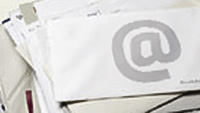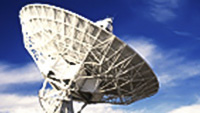Search and order online
Grasping for space
- Video Online only
- Title Grasping for space
- Released: 17/07/2017
- Length 00:03:04
- Language English
- Footage Type Interior Shot
- Copyright ESA/NASA
- Description
When you reach for an object your brain processes many factors to calculate how far to extend your arm. It comes naturally, but have you ever stopped to think how gravity could play a role in the subconscious calculations?
Living in space requires adaptation from more than just the astronaut’s body. The absence of a traditional up or down requires the brain to adapt to the three-dimensional world of weightlessness.
Virtual reality headsets offer a way to understand how an astronaut brain adapts to its new environment and the Grasp experiment shown in this video used a new headset on the International Space Station supplied by France’s space agency CNES. Grasp saw Thomas reaching for virtual objects so researchers could understand how important gravity is compared to the other senses.
Thomas was the first astronaut to use the Perspectives virtual reality gear in space and take part in the Grasp experiment during his six-month Proxima mission in 2017.
The research will help us understand the workings of the human vestibular system and how it connects to the other sensory organs. In other words it will achieve a better understanding of the physiology behind eye-hand coordination as well as shedding light on how to best treat the loss of vestibular function on Earth. This research will also be useful in helping astronauts during spacewalks and how to develop ways of controlling robots for further exploration of our Solar System.


